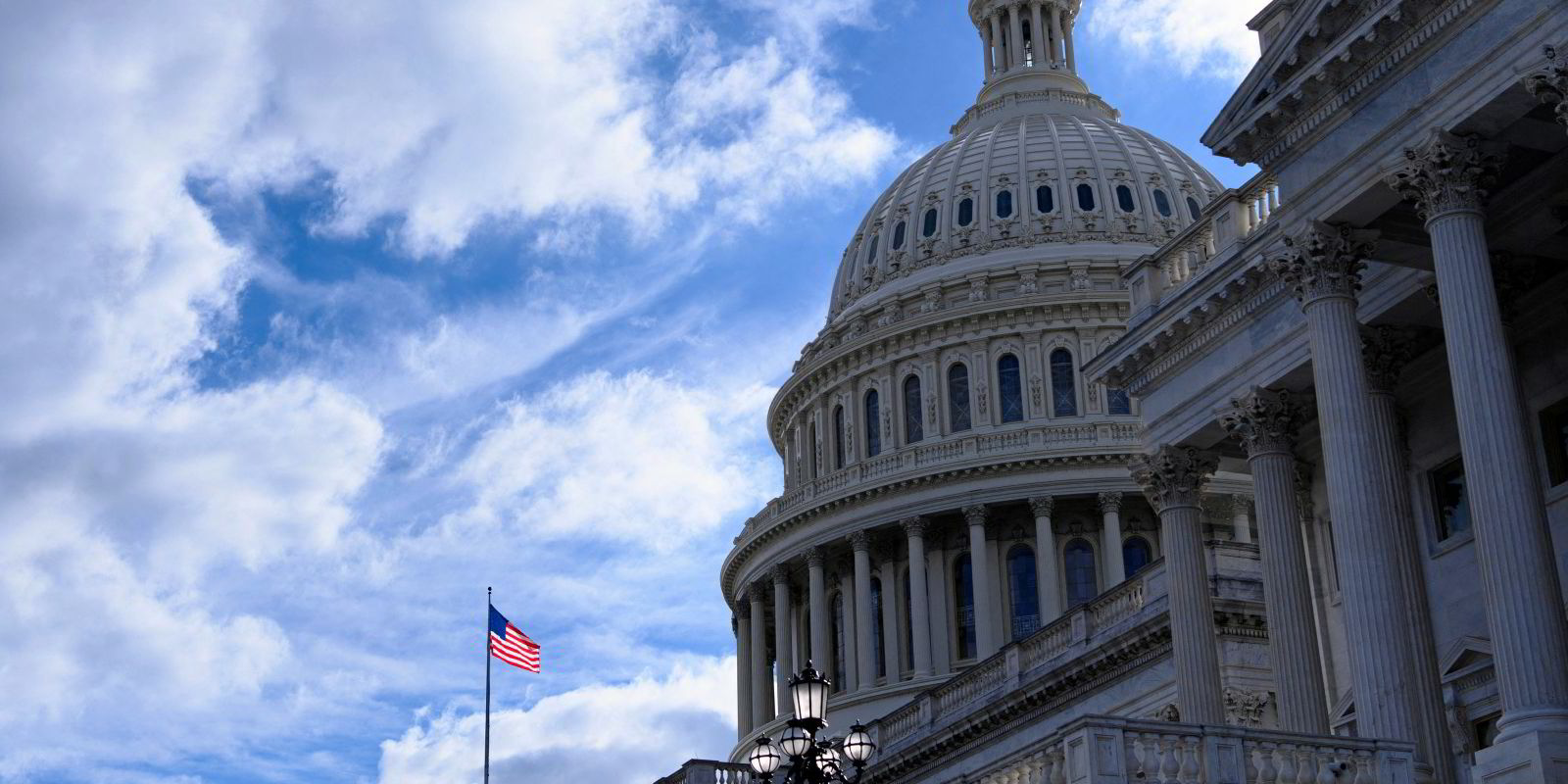The Biden administration brought its goal of deploying 30GW of offshore wind energy by 2030 into tighter focus last month when US Secretary of the Interior Deb Haaland announced a plan for as many as seven new offshore lease sales over the next four years in the Atlantic, Pacific, and Gulf of Mexico.
The global energy transition is gathering momentum – and the accompanying news-stream becoming an information deluge. Separate the green giants from the greenwash and the hard facts from the click-bait headlines with Recharge Agenda, our curation of the market-making events of the week, distilled down into one quick-read newsletter. Sign up here for free
Combined with efforts to bring transparency to the permitting process, Washington has taken significant steps to lay out a long-term development timeline the industry can build around. This market visibility is sorely needed if the US to hold its own against explosive global growth in the offshore wind sector, but more action is also required to accelerate supply chain formation through a forward-looking industrial strategy.
While the US works to install this market-making capacity over the next eight years, we calculate international commitments of over 250GW by 2030, up from the 34GW operating presently. As of today, the global supply chain today cannot support this exponentially growing demand. There is a real risk that the surging worldwide demand and competition for offshore wind project components, services, and raw materials could prevent the US from reaching its clean energy goals and associated economic ambitions.
Any reader of mainstream news media knows just how fragile the global supply chain is and how a crunch can severely impact progress, both at home and in business. Offshore wind is expensive, complicated, and requires precision logistics; the sight of dozens of cargo ships awaiting docks exemplifies how necessary a robust local supply chain can be. For the automotive industry, as the Wall Street Journal recently reported, the impact is plain: 2021 production projections will come up short by 7.7 million vehicles due to the shortage of microprocessor chips.
To build a supply chain capable of supporting our own offshore wind developments, the federal government must work towards a coordinated action plan that attracts the investments needed to build new facilities or retool existing operations. As logistical links strain, global competition for these investments is intense, and policymakers cannot assume that the needed regional supply chain will develop of its own accord.
Washington must work towards a coordinated action plan that attracts the investments needed to build new facilities or retool existing operations
The Biden administration’s efforts to create a predictable market must be paired with a dedicated industrial development strategy that matches incentives to needs, like specific funding for offshore wind ports and more financing options through refundable credits or expanded loans that directly target manufacturing.
This supply crunch, of course, means real opportunity for businesses looking to expand or diversify into the industry, but those companies need just as much help scaling up, retooling, and obtaining the necessary permits for the job. Ensuring the greatest participation possible from a broad industrial base requires clear policy support from federal and state governments to support the small and medium-size businesses that form the backbone of a supply chain.
Offshore wind represents an unprecedented opportunity for the nation to further develop our renewable energy resources while creating new economic benefits for American companies and workers. Developmental hurdles exist but they can be overcome with proper planning and coordination.
The Bureau of Ocean Energy Management and the Biden administration took a great step by laying out predictable timelines and a realistic roadmap to 30GW and beyond. Now, the rest of Washington should respond with a proactive, well-structured industrial strategy that works to accelerate supply chain development, ensuring our country can stay in control of our own development goals.
· Liz Burdock is CEO of industry non-profit the Business Network for Offshore Wind, which is holding its inaugural Ventus Awardsthis month



